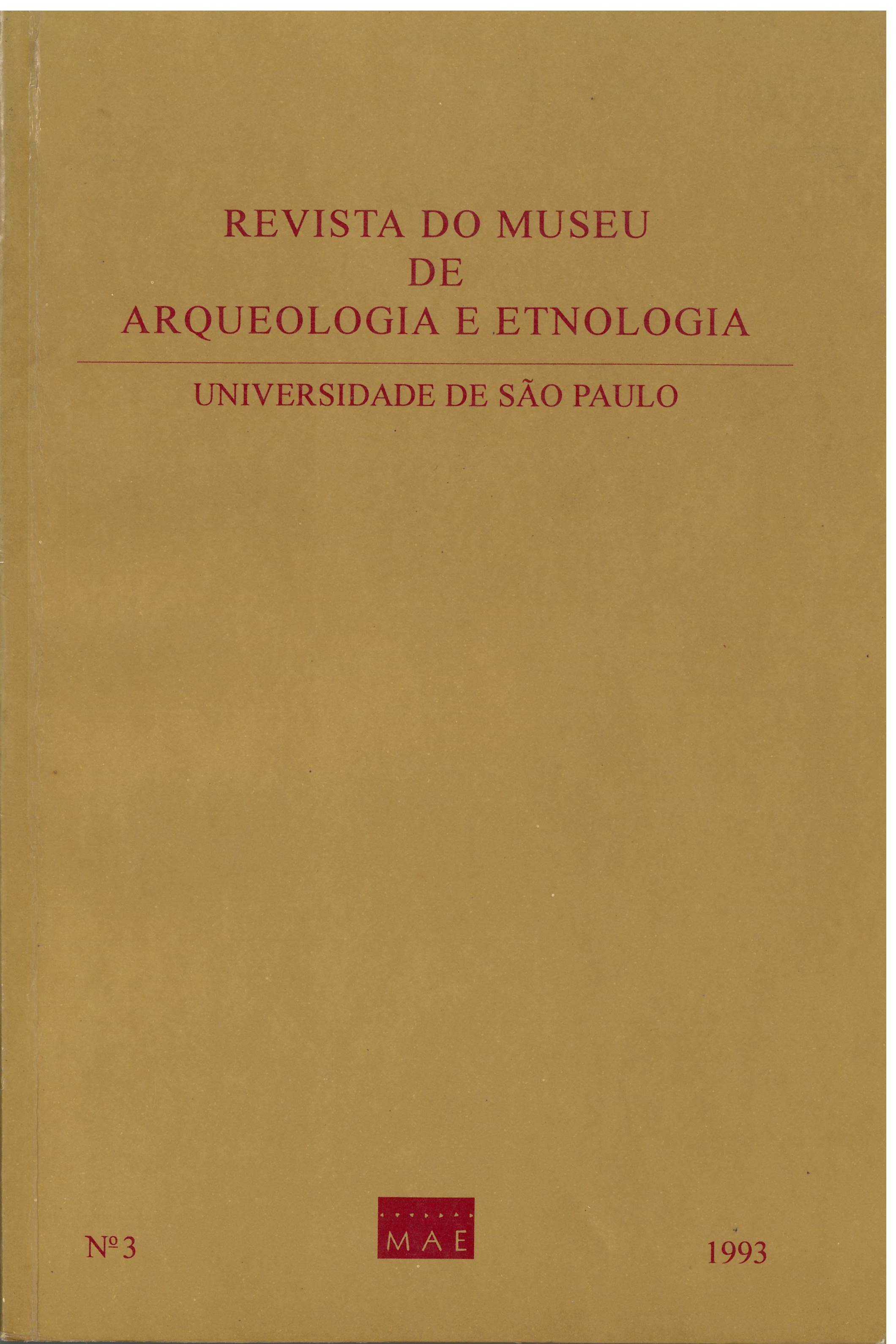Locational structure of archeological underground storage pits in northwest Córdoba, Argentina.
DOI:
https://doi.org/10.11606/issn.2448-1750.revmae.1993.109158Keywords:
Spatial analysis - Storage sites - Argentinian archaeology.Abstract
This report gives the results of an intra-site spatial analysis of underground bumed-earth features at a prehispanic site at central Argentina: El Ranchito, dated between 1000 B.C. and A.C. 1600. The features are locally known as botijas and they are recorded at the site as three concentration areas displaying a non-random distribution including between 100 and 120 botijas each area. Within them, a random distribution is recorded. The study was carried out in order to assess its intentional localization as storage areas within the site. It is postulated that this storaging strategy was adopted as a solution for a number of concurrent problems, primarily expanding population and environmental fluctuations. During the Spanish Conquest (16th century) this strategy would also have been implemented as response to cultural and economic shock prompted by the conquerors’ appropriation of land and resources.Downloads
Download data is not yet available.
Downloads
Published
1993-12-05
Issue
Section
Articles
License
Copyright (c) 1993 Andrés G. Laguens

This work is licensed under a Creative Commons Attribution-NonCommercial-NoDerivatives 4.0 International License.
How to Cite
LAGUENS, Andrés G. Locational structure of archeological underground storage pits in northwest Córdoba, Argentina. Revista do Museu de Arqueologia e Etnologia, São Paulo, Brasil, n. 3, p. 17–33, 1993. DOI: 10.11606/issn.2448-1750.revmae.1993.109158. Disponível em: https://www.journals.usp.br/revmae/article/view/109158.. Acesso em: 18 may. 2024.













